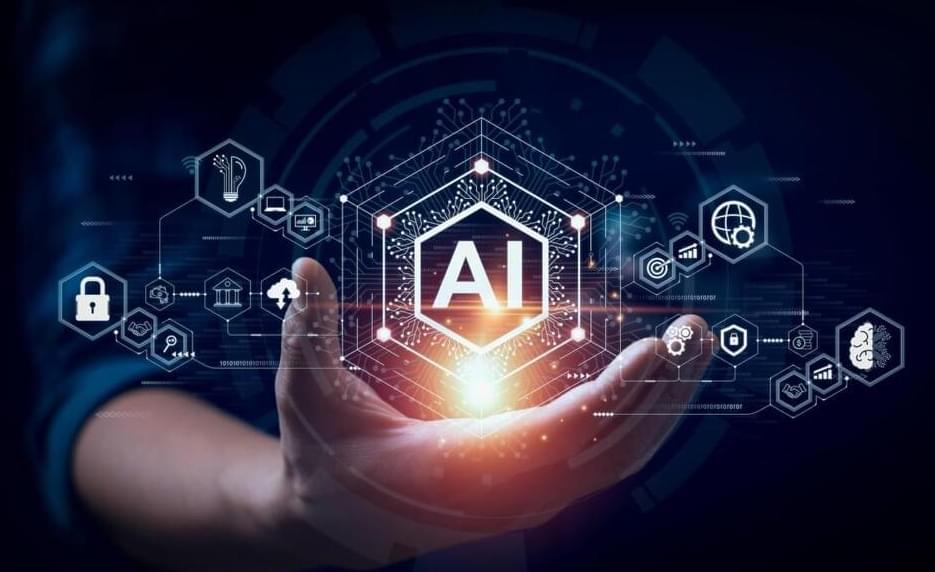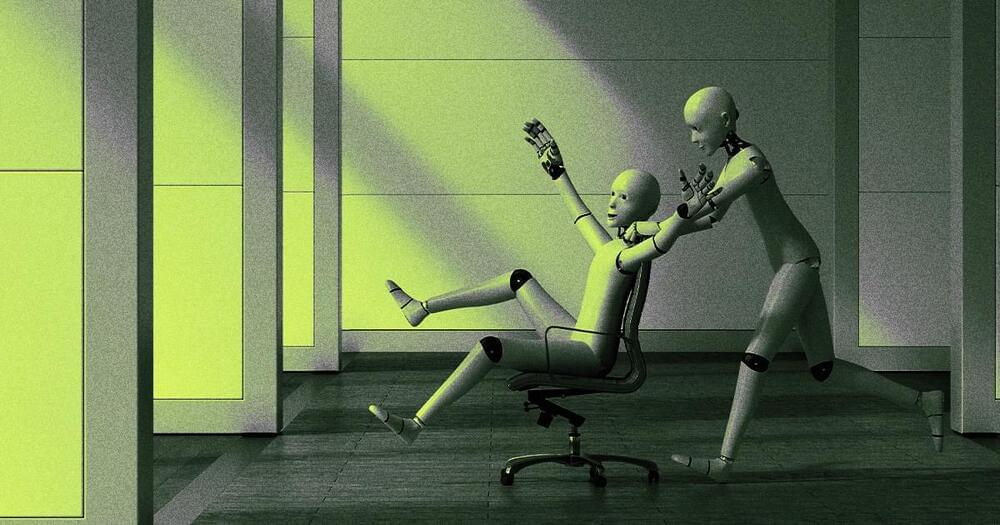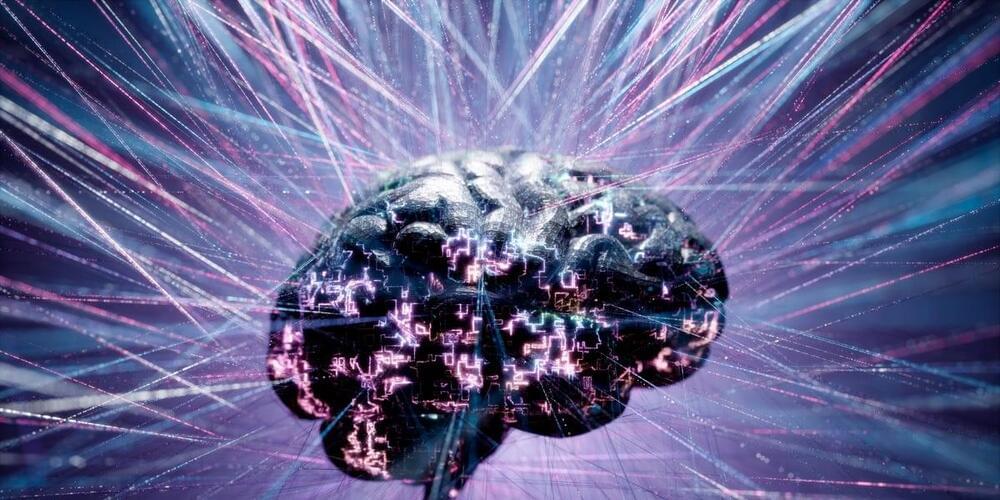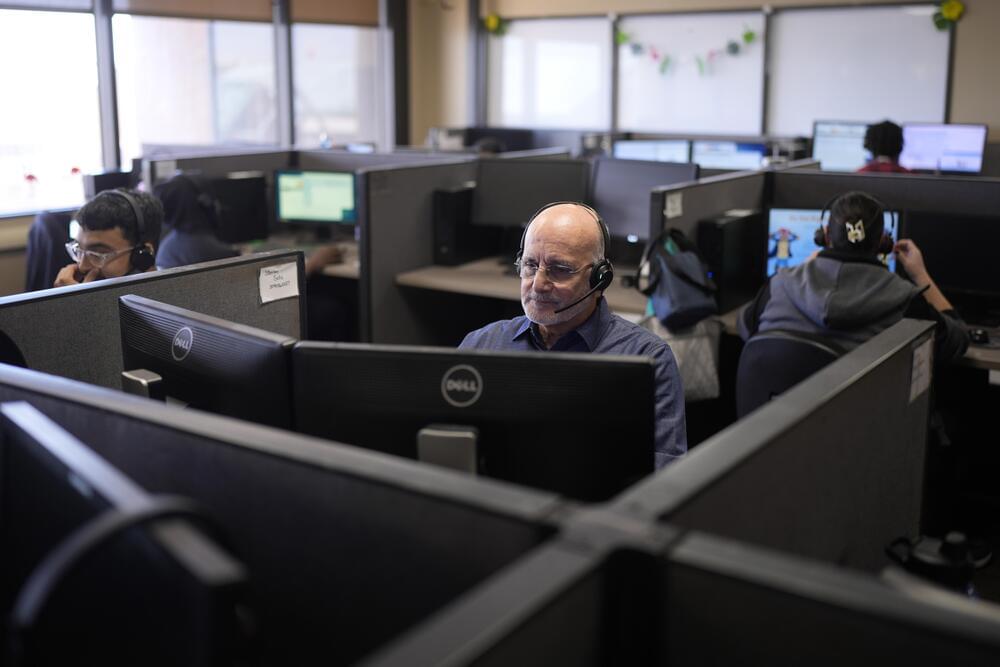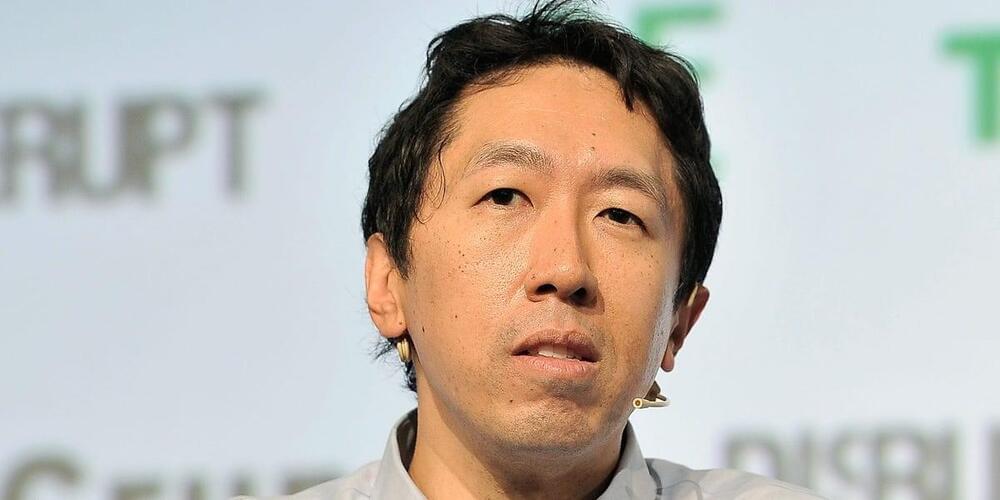Sep 3, 2024
Physics beyond the imaginable
Posted by Shubham Ghosh Roy in categories: particle physics, robotics/AI
As an undergraduate he was drawn to theory, but he quickly switched to experiment.
“Theory was good, but I was driven to experimental particle physics because even if I write a theory, someone has to test it anyway,” says Gandrakota, who is now a postdoc at the US Department of Energy’s Fermi National Accelerator Laboratory. “I’d rather be the person who tests and finds stuff than the person who predicts it.”
But he never lost his soft spot for theoretical physics. Today, Gandrakota and his colleagues on the CMS experiment are developing a machine-learning tool that will allow theorists even more freedom and creativity.


